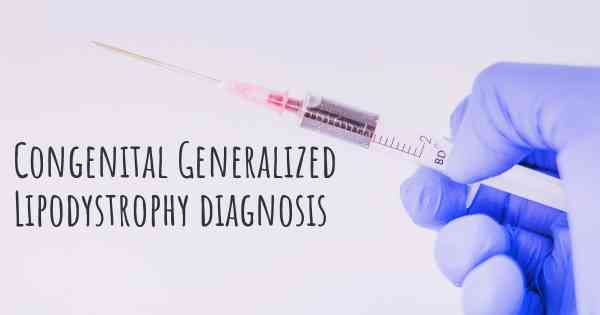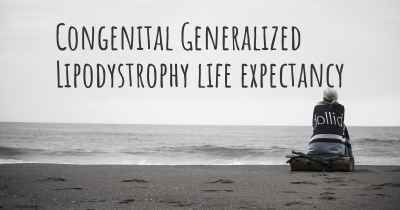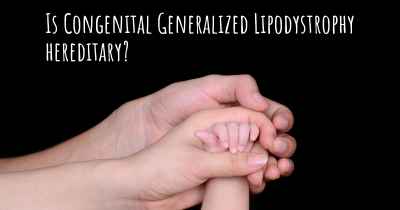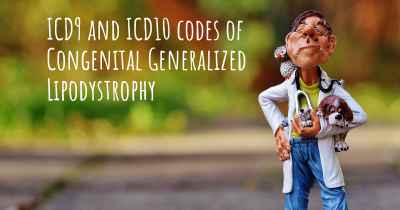How is Congenital Generalized Lipodystrophy diagnosed?
See how Congenital Generalized Lipodystrophy is diagnosed. Which specialists are essential to meet, what tests are needed and other useful information for the diagnosis of Congenital Generalized Lipodystrophy

Congenital Generalized Lipodystrophy (CGL) is a rare genetic disorder characterized by the absence or severe reduction of body fat. This condition affects multiple body systems and can lead to various health complications. Diagnosing CGL involves a combination of clinical evaluation, physical examination, and laboratory tests.
1. Clinical Evaluation:
During the clinical evaluation, a healthcare professional will review the patient's medical history and ask about any symptoms or concerns. They will also inquire about any family history of similar conditions, as CGL is an inherited disorder.
2. Physical Examination:
A thorough physical examination is crucial in diagnosing CGL. The healthcare provider will assess the patient's overall appearance, looking for signs of generalized loss of body fat. They may observe prominent muscles, veiny appearance, and acanthosis nigricans (dark, thickened patches of skin). Additionally, they will measure the patient's height, weight, and body mass index (BMI).
3. Laboratory Tests:
Laboratory tests play a vital role in confirming the diagnosis of CGL. These tests help evaluate various aspects of the condition and rule out other potential causes. Some of the key laboratory tests include:
a. Blood Tests:
Metabolic Panel: This test assesses the levels of glucose, insulin, triglycerides, cholesterol, and liver function markers in the blood. Individuals with CGL often exhibit abnormal lipid and glucose metabolism.
Hormone Levels: Hormonal imbalances are common in CGL. Testing hormone levels, such as leptin, adiponectin, and insulin-like growth factor 1 (IGF-1), can provide valuable insights.
b. Genetic Testing:
Sequencing Analysis: Genetic testing is crucial for diagnosing CGL. It involves analyzing specific genes associated with lipodystrophy, such as AGPAT2, BSCL2, CAV1, and PTRF. Sequencing analysis can identify mutations or variations in these genes, confirming the presence of CGL.
c. Imaging Studies:
Dual-Energy X-ray Absorptiometry (DEXA) Scan: This imaging technique measures bone density and body composition, providing information about the amount and distribution of fat in the body. Individuals with CGL typically have very low levels of body fat.
4. Additional Assessments:
Depending on the specific symptoms and complications, additional assessments may be necessary. These can include:
a. Cardiac Evaluation:
Echocardiogram: This test uses sound waves to create images of the heart. It helps assess cardiac structure and function, as individuals with CGL may be at an increased risk of heart-related issues.
b. Liver Evaluation:
Ultrasound or MRI: Imaging studies of the liver can help evaluate its structure and detect any abnormalities, such as fatty liver disease, which is common in CGL.
c. Other Assessments:
Additional assessments may be required to evaluate complications like diabetes, pancreatitis, musculoskeletal abnormalities, or hormonal imbalances.
It is important to note that diagnosing CGL can be challenging due to its rarity and overlapping symptoms with other conditions. Therefore, a multidisciplinary approach involving geneticists, endocrinologists, and other specialists is often necessary to reach an accurate diagnosis.








